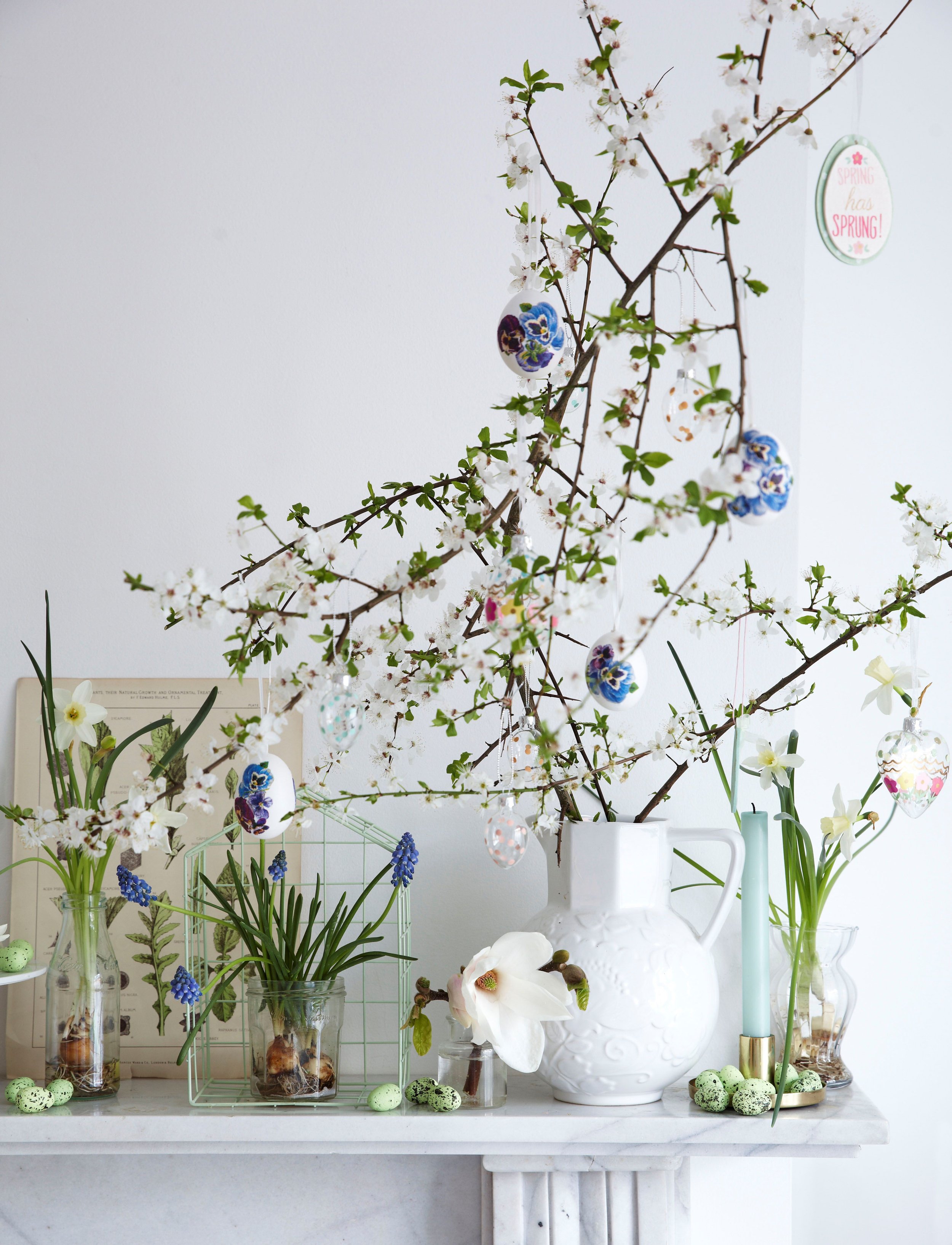In Medieval Austria, a Gugelhupf was served at gatherings, including weddings, and it was the cake chosen to represent Austria at an event during the country’s presidential reign of the European Union.
Throughout the seasons, it’s decorated with flowers, leaves, fruits, candles or a dusting of icing sugar. Typically, it’s a yeast-based cake more akin to a bread – with echoes of hot cross bun – but some versions are more cake-like. This recipe makes mini versions, but you can also use a larger tin and bake for longer (see timings for the Nid de Pâques in our April issue).
Serves 12
2 oranges, zested and juiced
1 lemon, zested and juiced
125g raisins, currants or sultanas
125g unsalted butter, softened,
plus extra for greasing
125g golden caster sugar
2 eggs
125g plain flour or buckwheat flour
1 tbsp mixed spice or ground
cinnamon
1 tbsp baking powder
100g ground almonds
4 tbsp orange juice from soaking fruit, plus extra to glaze
To make
1 Preheat the oven to 180C/Fan 160C/Gas 4. Meanwhile, butter 12 mini bundt moulds or a single large bundt tin.
2 Add the zest and juice of the oranges and lemon to a pan, along with the dried fruit. Gently simmer
for 5 mins, then remove from the heat and leave the fruit to continue soaking while you prepare the cake mixture.
3 Beat the butter and sugar together in a large bowl until smooth and pale. Add the eggs, one at a time, beating well between each addition and scraping down the sides of the bowl. Add the flour, spices, baking powder and almonds, and mix to combine.
4 Drain the dried fruit, reserving the liquid. Stir in the 4 tbsp of the strained liquid, to loosen and flavour the batter (keeping the rest to gloss the baked cakes). Fold the dried fruit through the cake mix, then divide the batter between the cake moulds. Tap the tin firmly to settle and level the batter.
5 Bake in the centre of the oven for 25 mins, or until golden brown and a skewer inserted into the middle of a cake comes out clean. Invert the tin onto a serving plate, leave to cool for 5 mins, then lift off the tin. Leave the mini cakes to cool completely, then glaze with the reserved soaking liquid.
This recipe is just one of our Easter bakes from across Europe, which are featured in our April issue. Buy a copy of the magazine to find the rest of the recipes, including Lampropsomo from The Balkans, French Gateau Nid de Paques, Italian Crostata di Pasqua alla Ricotta and Polish Chocolate Mazurek. The recipes are by Rachel de Thample and photography by Ali Allen.
Buy this month's The Simple Things - buy, download or subscribe

















